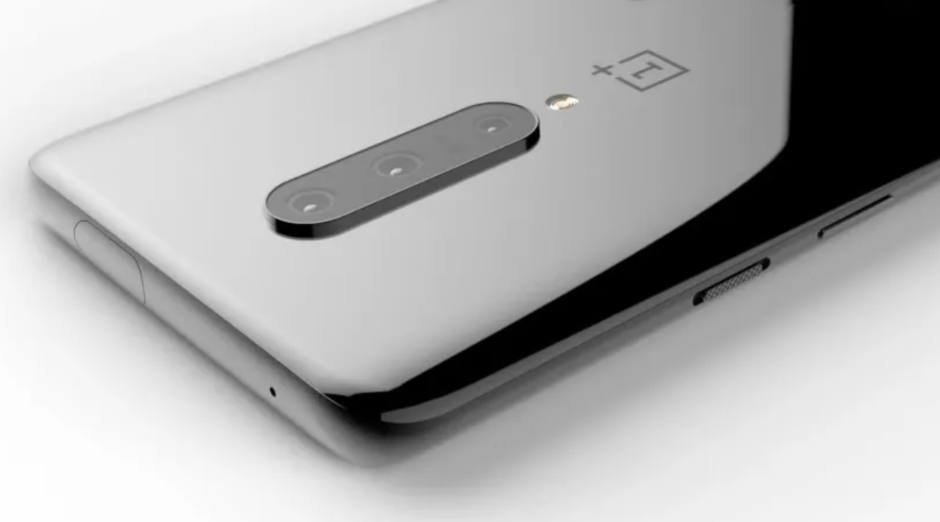While OnePlus fans eagerly await the upcoming announcement for the company's next flagship, early takes continue to trickle out. On the heels of DisplayMate's "A+" grade for the 7 Pro's display, Wired was able to take a look at a pre-production unit's camera performance, revealing a 3x zoom camera. The publication tested the OnePlus 7 Pro's camera at a recent Baku F1 race in Azerbaijan, pulling a handful of (compressed and downscaled) samples. Let's take a look.
All images from Wired.
The OnePlus 7 Pro's 3x zoom camera marks the company's first return to optical zoom since the OnePlus 5, which didn't have the best performance. The "3x zoom" on the OnePlus 7 Pro should provide a focal length of around a 75mm equivalent, assuming the primary shooter is still about 25mm equivalent. That places it squarely in traditional portrait range, giving a lot more flexibility together with the standard wide-angle. There's also a software-based 10x zoom available if you prefer heavy-handed processing and a digital crop to get up over a 200mm equivalent.
It's tough to make an objective assessment of the zoom camera's performance, given the downsampling and compression on Wired's samples, but the results seem okay at a glance. Based on reported video tests, which weren't published together with the sample photos, there may also be some stabilization present on the zoom camera (at least, in video), though precise details are lacking.
Other general camera details were also revealed. The OnePlus 7 Pro won't have a time of flight sensor for autofocus/depth data like some other recent flagships. In anecdotal testing, shutter lag was around 0.3s or less, with a 20-frame burst mode limit. The primary shooter is downsampled/pixel binned to 12 MP, with no option for full-resolution output. Wired observed improvements to HDR, preserving better relative brightness in mid-tones. The multi-exposure night mode also sees some beneficial changes — though nothing on the level of Google or Huawei's performance.
OnePlus imaging director Simon Liu provided a few statements regarding changes to the camera. The most interesting, for me, was a claim that "our pictures are a lot more detailed compared to our previous phones," which could imply a departure from OnePlus' stereotypically muddy and heavy-handed processing. While low-light performance for the company's phones has improved substantially over the last year, OnePlus' cameras have had a long-standing issue with processing fine details into mud when compared to other flagships. Wired also found that the camera's results had a bit more noise than expected, which could demonstrate a lighter touch when it comes to processing. As with the slight but noticeable noise on Google's Pixels, that could be a good indicator of performance, we'll just have to wait and see.
OnePlus claims, like every smartphone OEM these days, that it uses "AI" to enhance its camera, but unlike most others, it doesn't shove it in your face for marketing purposes. Any changes or optimizations are behind the scenes. "If you’re trying to shoot a plant and the camera tells you it’s a dog, that’s not useful," Liu said. Amen.
Portrait mode is claimed to be a bit better this time around, though it will suffer a slight crop. That's because the OnePlus 7 Pro is using the zoom camera for parallax/depth data. As a result of the change, a minimum 1.5-2 meter distance will be required to use the mode.
Indirectly, this last detail raises one major question for me. Again, Wired says that OnePlus will be using this zoom lens for parallax in portrait mode, when previously the company used a dedicated second camera for that. If the zoom lens/sensor is serving double duty for portraits with the primary, and the OnePlus 7 Pro will have three cameras in total, then what will the third camera be for?
Header image via Pricebaba/@onleaks
Source: Wired

